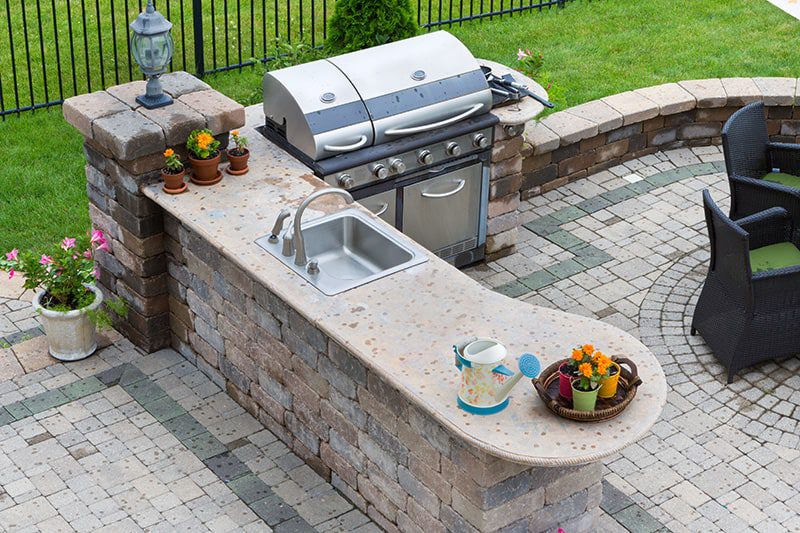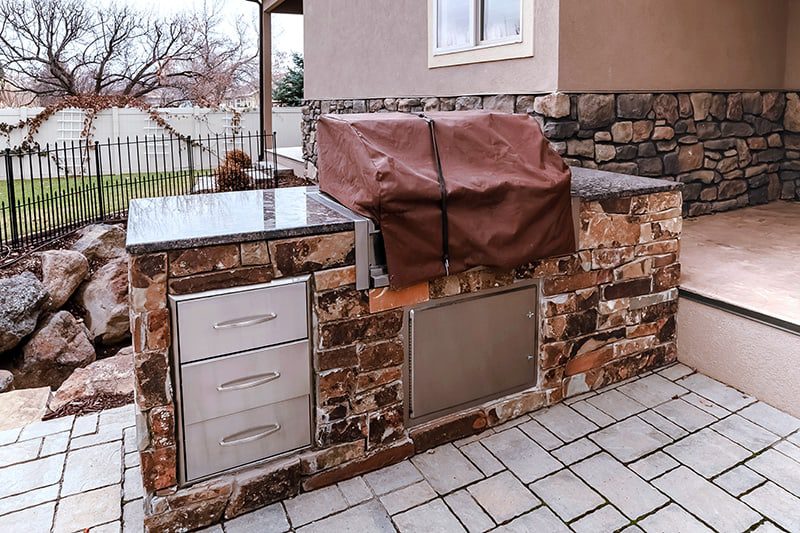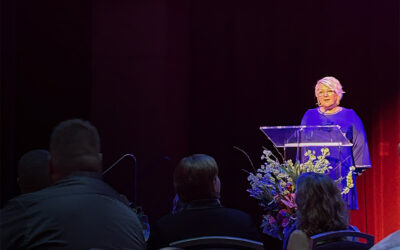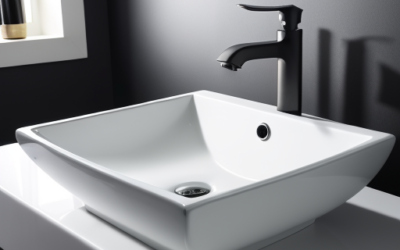It’s time to start thinking about winterizing your outdoor kitchen and its equipment. If you don’t experience frosts or snow, fall is still a good time to give your outdoor kitchen a good cleaning. Here is a list of tips that will help you keep your outdoor kitchen in perfect working order, no matter where you live.
5 Steps to Outdoor Kitchen Cleaning
- Clean it out. That means cleaning the interior and exterior of the grill, cabinets, and refrigeration, including food and drinks in the refrigerators. If you can get to the back of the refrigeration unit, make sure you remove leaves, dirt, etc. that may have accumulated around the condensing unit.
- Turn it off. If you have a sink or an ice maker, it’s time to turn off the water supply. Turn it off at the connection to the house. Allow the remaining water to run out of hoses or faucets. This prevents water from freezing inside the lines, causing ruptures and big repair bills.
- Turn it off again. Outdoor refrigeration doesn’t work well when the outside temperature is colder than the refrigerator’s interior. If the power cord is easily accessible, unplug the appliance. If not, turn off the circuit breaker serving the appliance.
- Shine it up. Use stainless cleaner and polish on all exteriors except glass. Use the same cleaner and polish on all cabinet and refrigeration units (only if the interiors are stainless steel).
- Go undercover. Use a synthetic material for the cover that does not trap and hold moisture and can withstand the elements.
Detailed Care for Winterizing an Outdoor Kitchen

Refrigerators, Freezers, Wine Chillers, and Beverage Centers
Appliances rated for outdoor use are engineered to withstand the elements and do not need to be brought indoors for the off-season, all refrigeration appliances do need to be turned off. Switch off your units before the temperature outside drops below the set cooling temperature or below freezing, whichever comes first.
- Empty out all refrigerated cabinets and thoroughly clean the insides with stainless-steel cleaner and polish.
- Switch off the power on each unit. Ideally, you should also unplug the units or flip the circuit off at the home’s electrical panel.
- Clean the exposed exterior surfaces with stainless-steel cleaner (DO NOT use abrasives), and give the units a nice coating of stainless-steel polish.
- Remove the front grill (toe plate) and clean behind it with a vacuum cleaner to remove any loose dirt or debris. Reattach the front grill.
- Leave your outdoor refrigeration uncovered. Accumulated moisture underneath a cover can damage the units.
Keg Tappers
Follow all of the recommended steps for a refrigerator, plus clean and drain all beer lines. Remove the kegs, empty or otherwise, and store them indoors.
Ice Makers
Should be winterized before the outside temperature drops below 45 degrees Fahrenheit. Check your owner’s manual for specific recommendations.
- Switch off the power on the unit.
- Turn off the water supply line at your home’s shut-off valve and open the drain valve.
- Use compressed air or carbon dioxide to blow out the water supply line and the internal water circuit.
- Unplug the ice maker or turn off its circuit breaker in your electrical panel.
- Remove all ice from the storage bin, clean the bin and close the drain valve.
- Remove the front grill and clean the area behind it with a vacuum cleaner to remove any loose dirt or debris. Reattach the front grill.
- Leave your ice maker uncovered. Accumulated moisture underneath a cover can damage the ice maker.
Sinks and Other Plumbing
- All water needs to be drained from the supply lines and faucets before winter sets in.
- Close the water supply shut-off valves and open the drain valves on both the hot and cold plumbing.
- Fully open the hot and cold taps.
- Blow compressed air or carbon dioxide in through the drain valves to force all remaining water out through the faucet.
- If desired, uninstall your faucet and store it indoors. Cap off the supply lines.
- Thoroughly clean the sink according to the manufacturer’s instructions.
- Securely cover the sink to keep winter debris from filling it or entering the drain.
Grills
Grills withstand the elements and typically do not need to be winterized. Covering a grill during the winter is purely optional. It will help keep the grill clean but check with the manufacturer of your grill to determine if it will withstand the elements without a cover.
Regardless of winterization, a thorough fall cleaning is recommended for keeping your grill in prime condition.
- Clean the exterior of the grill with a citrus-based, organic degreaser, followed by stainless-steel polish. Do not use anything abrasive to clean the exterior of your grill. Burnt-on sauce or grease on the exterior of the grill can be removed with a special cleaner kit designed for its surface.
- Remove any cooking grates, warming racks, and hybrid grilling drawer(s) to freely access the burners and hopper. Use a brass or stainless-steel brush to clean the tops of the burners and slide any remaining debris down the hopper to the cleanout. Empty the cleanout.
- Re-season cooking surfaces each fall. Using a clean rag, wipe vegetable oil on both sides of the cooking grates. Place grates, warming racks, and grilling drawers back into the grill, and heat the grill to 500 degrees Fahrenheit with the hood closed. Turn down the burners to hold the temperature at 500 degrees Fahrenheit for about 20 minutes. When the surfaces turn brown or black, they are seasoned.
- When the grill is not in use, keep the hood vent closed.
- If the grill will not be used during the winter, turn off the gas supply.
Pizza Ovens
Like the grills, pizza ovens typically do not require any particular winterization. Covering the pizza oven is optional, but will help keep the unit clean. If using a cover, make sure it is a cover designed to let moisture escape.
- Clean the exterior of the oven with a citrus-based, organic degreaser, followed by stainless-steel polish. Do not use anything abrasive to clean the exterior of your pizza oven. Burnt-on sauce or grease on the exterior of the oven or interior of the door can be removed with a Scratch-B-Gone kit.
- Use a brass brush to remove any debris from the baking stone, brushing it off to the sides of the oven. There is no need to remove the stone for winter storage.
- Empty the crumb tray located at the bottom of your pizza oven.
- If the oven will not be used during the winter, turn off the gas supply.
Cooktops
To protect cooking grates during the winter months, season them and keep them covered with the factory-supplied stainless-steel cover.
- While the burner is cool, use a clean cloth to wipe the entire cast iron burner with vegetable oil. Light the burner and run on high, preferably with a wok in place, for 10 to 20 minutes until the oil is absorbed and/or burned off.
- Turn off the burner and put the stainless-steel burner cover in place.
- If the cooktop will not be used during the winter months, turn off the gas supply.
Cabinets
Stainless-steel outdoor kitchen cabinets will benefit from a coat of stainless-steel polish. Even if you have weather-tight cabinets that enable clean and dry storage throughout the winter months, be sure to remove all liquids from the cabinets before the first freeze. Now is also a good time to clean out the cabinets, removing anything that is expired, old, or not needed. It is also a good idea to remove any cutting boards from their pull-out trays and store them inside the cabinets.
NOTE: Most outdoor cabinets do not keep out damp air. The atmospheric humidity can be as high inside the cabinet as it is outside. Do not store high-quality knives or other rust-prone cooking equipment in the outdoor kitchen during the winter months.
Counters
Most countertop materials will benefit from a coat of sealer before winter hits. Check with your installer or fabricator for guidance.




